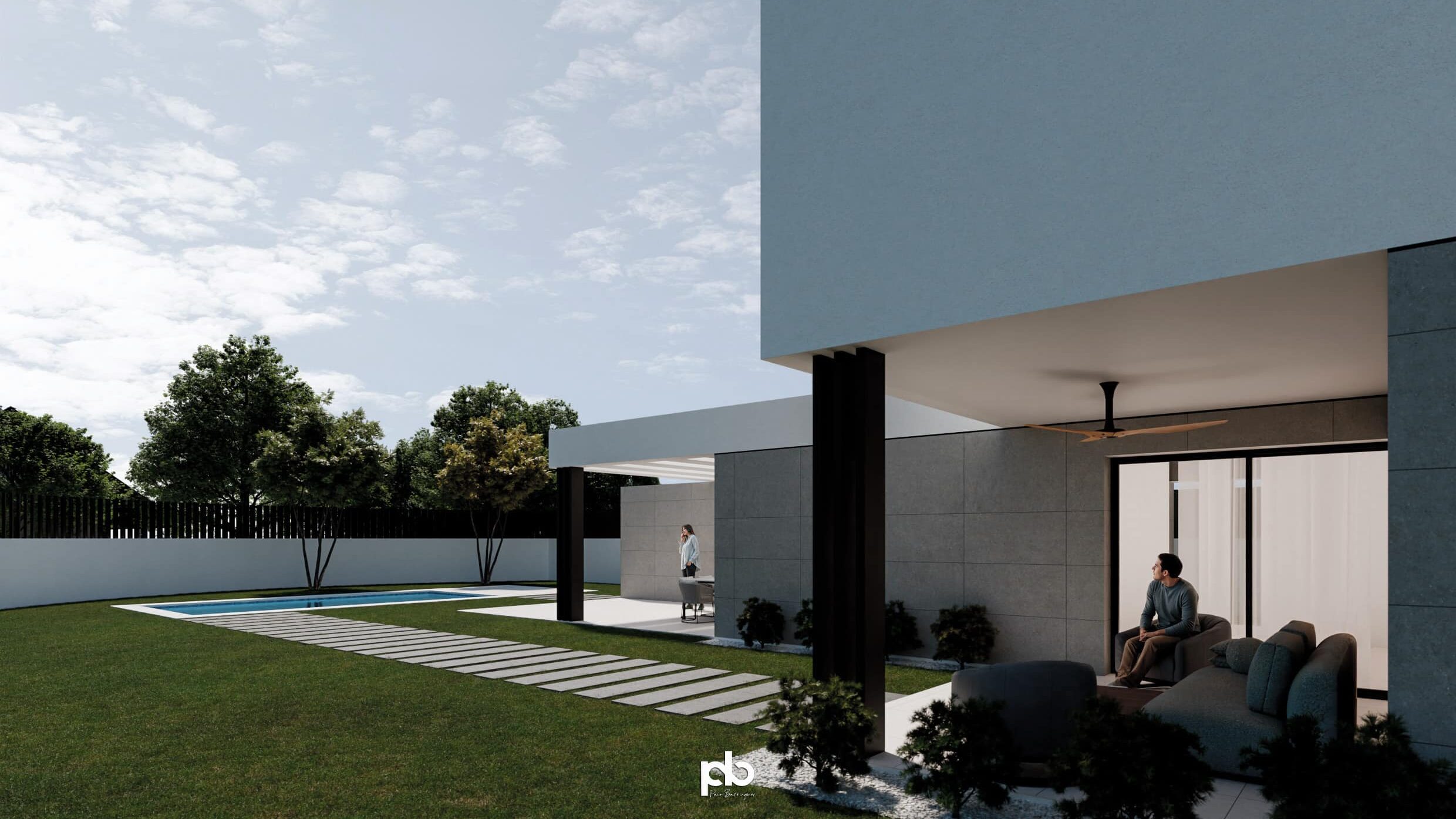Guide to buying an urban plot

Today I want to share a practical guide for those looking to buy an urban plot. Here are the key points to consider, ordered by importance:
- 1. Legal aspects and documentation:
Property title: Make sure it is free of liens and encumbrances.
Plans and deeds: Check that all documentation is in order.
Licenses and permits: Verify that you have all the necessary licenses. - 2. Land use and zoning:
Regulations: Make sure the parcel allows for single-family homes.
Regulations: Find out about building restrictions. - Services and infrastructure:
Basic services: Check access to water, electricity, gas, sewage and internet.
Quality of infrastructure: Make sure it is adequate. - 4. Location:
Proximity to services: Consider proximity to hospitals, schools and public transportation.
Access and connectivity: Evaluate access to main roads.
Neighborhood environment: Analyze the safety and development of the area.
- 5. Topography and soil conditions:
Terrain characteristics: Check slope, levelness and stability.
Natural elements: Consider trees, rocks or bodies of water. - 6. Size and shape of the plot:
Total area: Evaluate if the size is adequate. 300-400 m² is ideal.
Shape: Shape may affect the layout of the house.
Future expansions: Consider expansion possibilities. - 7. Costs and budget:
Purchase price: Compare with other plots.
Additional costs: Include taxes and fees.
Total budget: Plan the total construction budget. - 8. Orientation and climate:
Orientation: Affects energy efficiency and comfort.
Climate: Considers risks such as flooding. - 9. Future development of the area:
Urban development plans: Find out about future plans.
Future projects: Evaluate their impact on the parcel. - 10. Environmental impact:
Environmental impact: Evaluates and considers sustainable solutions.
These points will help you make an informed decision and ensure that the plot meets your expectations. Good luck!



Leave a Reply